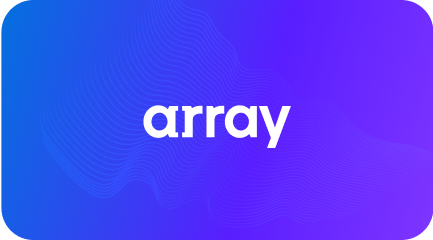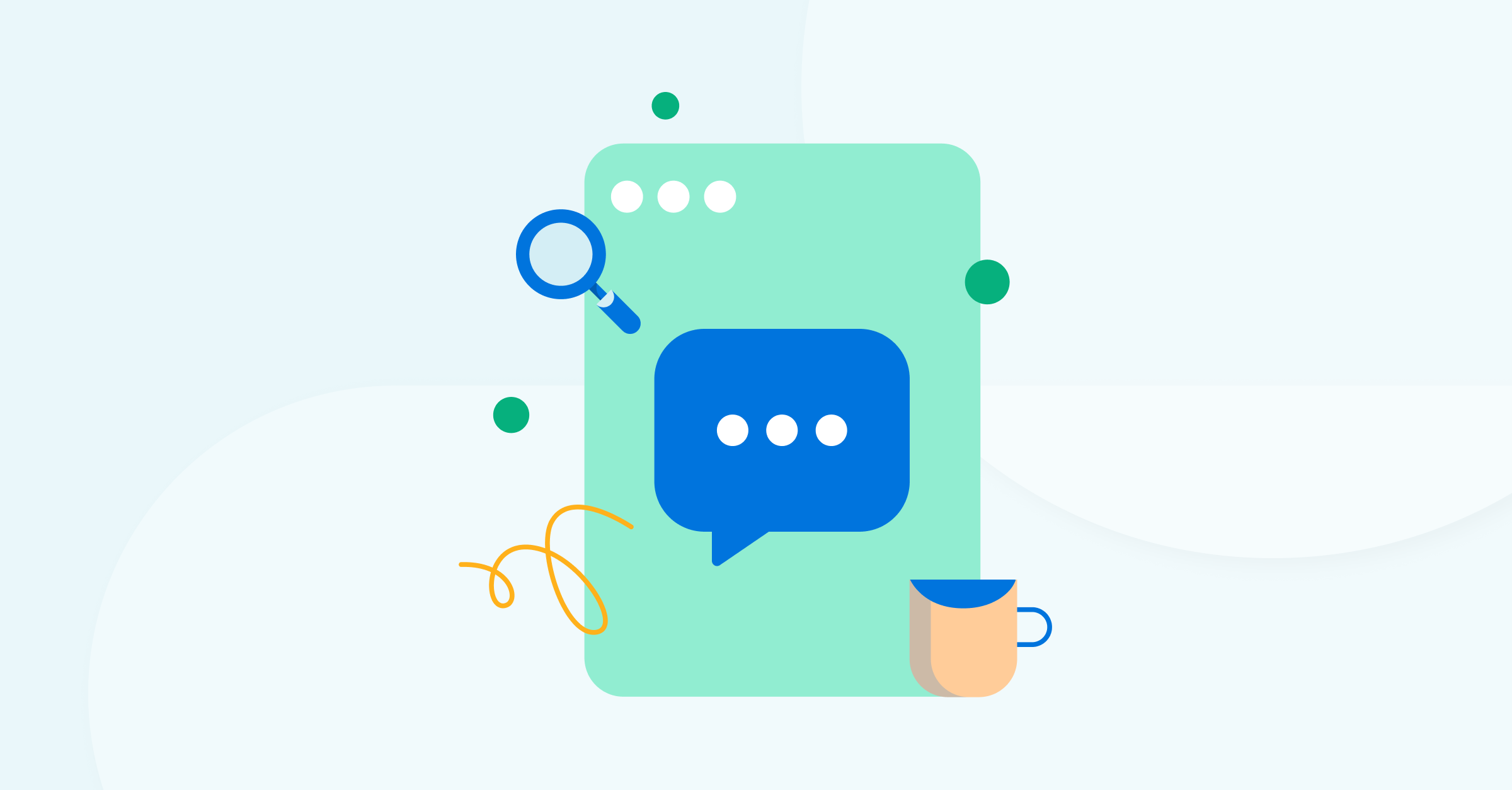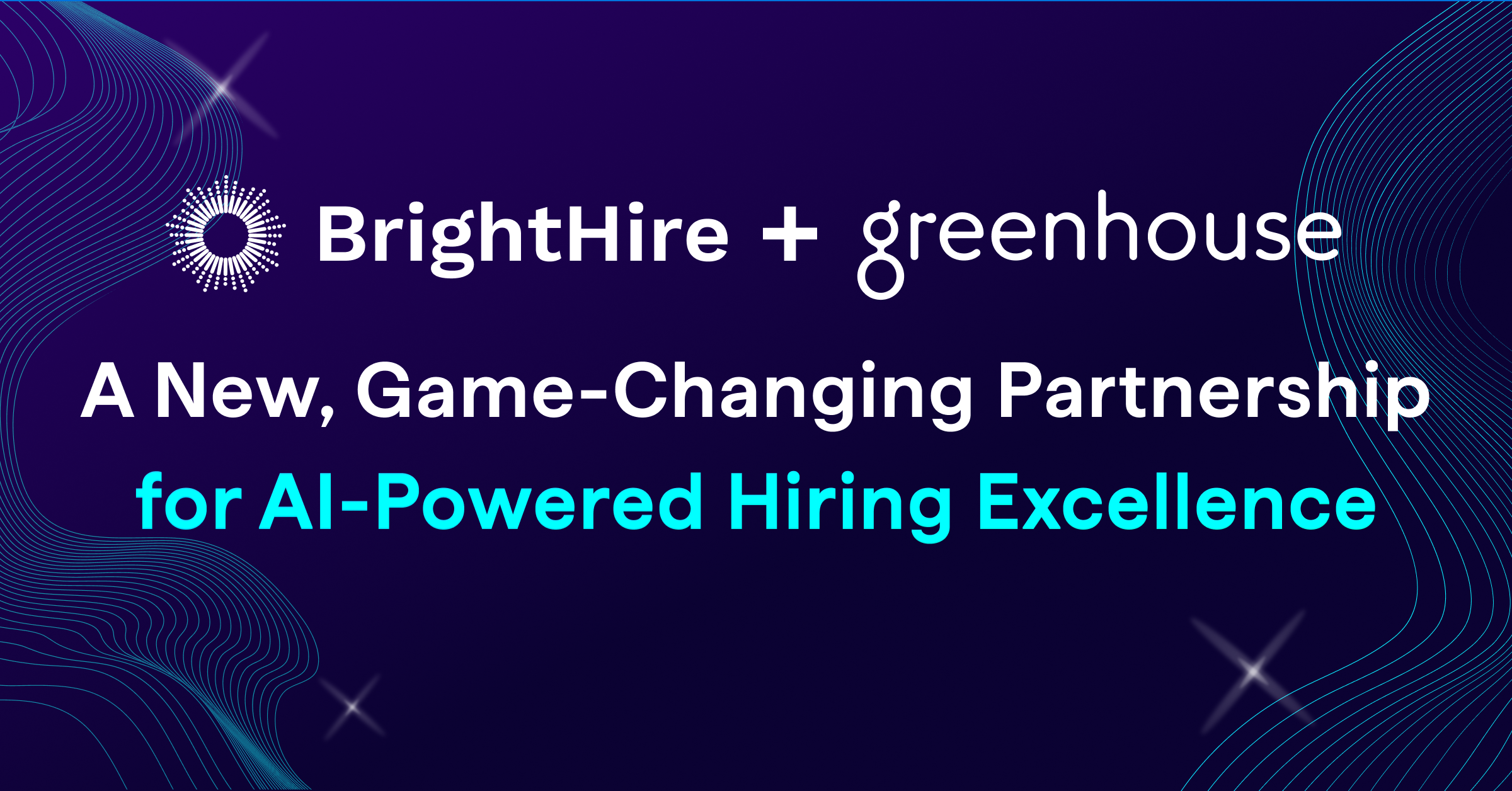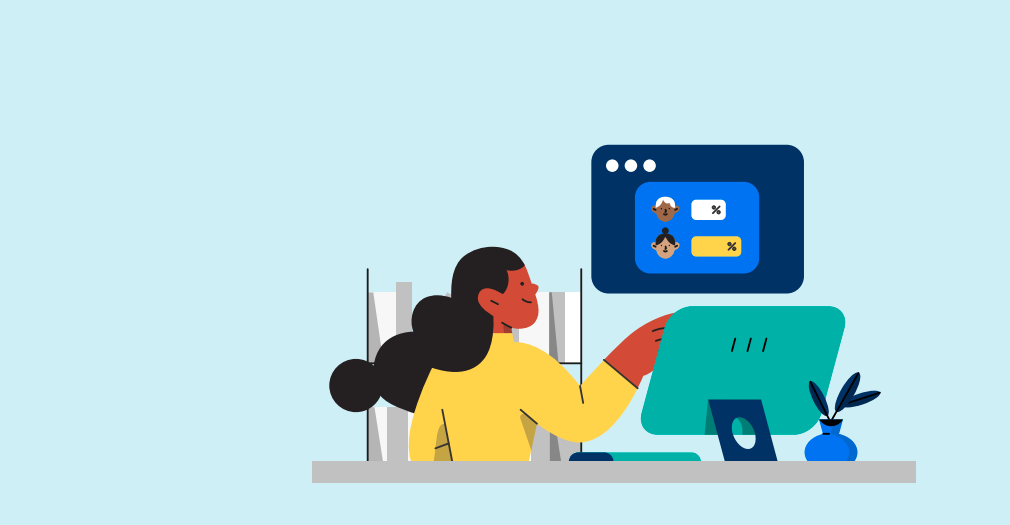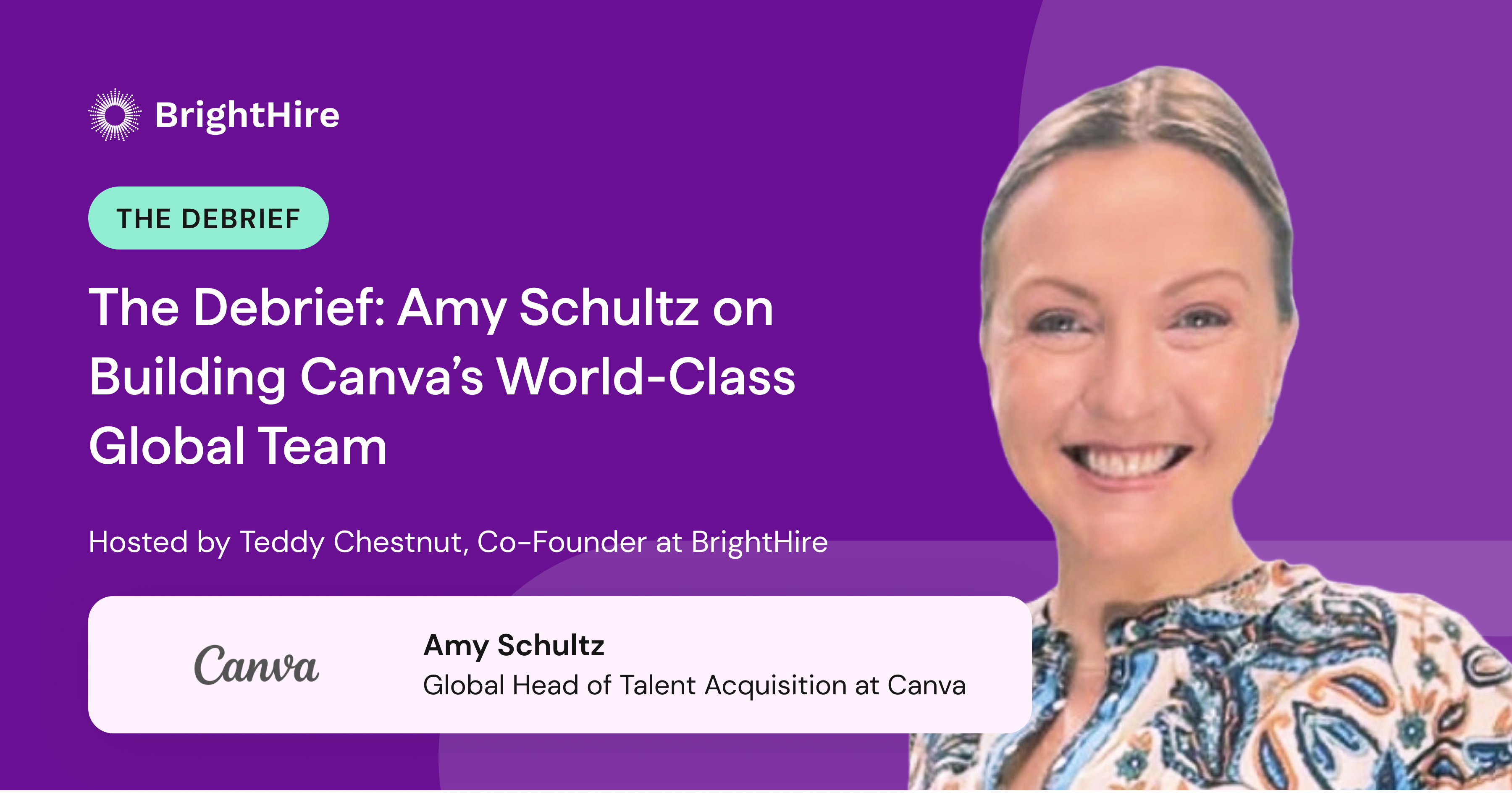The world’s leading organizations have one thing in common: they invest in their hiring process to win top talent. One of the most effective investments you can make? Training interviewers.
Interview training equips interviewers with the skills and knowledge to run effective interviews and make the best hiring decisions. Regardless of how many years of experience your interviewers might have, running great interviews takes practice.
“Interview training is really important because no one wakes up knowing how to interview well,” says Rebecca Price, Partner at Primary Venture Partners. “Interviewers must run the interview, listen to candidates, and think deeply about their responses. Helping your brain work on these three levels takes practice.”
But building an interview training program can be easier said than done.
“The hardest part of interview training is building the program. Not only can it be tedious, but it’s also difficult to know what to cover and how to make it interesting,” says Hannah Spellmeyer, Director, Global Talent Acquisition.
Luckily, you no longer have to invest days, weeks, or months in building an interview training program. Now you can create a program in just one day with these 5 steps and a handy interview training template.
How to Build a Program in 1 Day (Plus an Interview Training Template!)
1. Determine your training audience and frequency
Many companies start by training new managers and recruiters on a regular basis (e.g., weekly or monthly, depending on your company size) and then scale the program from there.
Miro is a fast-growing startup with teams across the globe. When Sierra Kaslow, Senior Director, Global Business Recruiting, began at Miro in 2021, they had 200 employees. Since then, they’ve grown by 750%, expanding their team to 1,700 employees.
The rapid growth meant there were hundreds of new interviewers and hiring managers to train. So, Sierra and her team turned to interview training for help. Now, they hold monthly training sessions led by recruiters with cohorts in the U.S., Europe, Australia, and Asia.
2. Determine your training goals
Miro’s interview training program aims to align interviewers, ensure everyone knows how to pitch the company, and emphasize the importance of candidate experience.
“Candidate experience is also your employer brand, especially when you’re growing quickly,” says Sierra. “The candidates who love you will tell others, and so will those who hate you. To ensure each candidate’s experience is always positive, I tell my recruiters to ‘Treat every candidate like a strong yes.’ Even if you’re not super excited about someone, you want them to walk away feeling like it was a positive experience.”
Not only has interview training helped Sierra and her team ensure every candidate leaves feeling valued. It also helps Miro create a more structured interview process that provides a consistent experience for candidates across interviews. This consistency is key. Sierra says, “Being able to give every candidate a similar experience helps us eliminate bias and evaluate everyone in the same way, using the same rubric.”
3. Map out your interview training presentation
After you set your goals, it’s time to create your training session.
Training Tip: We already did the hard work for you on this step! Download our comprehensive, 62-slide presentation template that covers unconscious biases, candidate experience, interviews, and debriefs!
As you plan out your training session, make sure it covers the eight important Es:
- Explanation – Introduce everyone to your team and the purpose of the program.
- Etiquette – Go through interview etiquette, like showing up on time and letting candidates know you’re taking notes.
- Equip – Share how to ask the right questions.
- Empower – Help interviewers understand how to make good hiring decisions by sharing examples from actual interviews.
- Evaluate – Discuss how to gauge a candidate’s fit for the role and calibrate with other team members.
- Evangelize – Go over how to sell the organization, like how to tell the company story, define your pitch, and share about benefits.
- Equality – Raise awareness of unconscious biases that happen during interviews and share how to avoid illegal topics.
- Engage – Open the floor to any questions.
4. Incorporate real examples from your interviews
“Interview training content can be pretty dry, especially if you’re holding it over Zoom,” says Hannah Spellmeyer, Director, Global Talent Acquisition. “Make it interesting by using recordings of real interview moments, showing examples of interviews that went well and others that didn’t go so well.”
Bring your training to life by collecting key moments from your actual interviews. Find examples that showcase how to:
- Pitch your company and the role
- Spot good candidate answers
- Navigate candidate questions and objections
Training Tip: Use an interview intelligence platform like BrightHire to record and transcribe your interviews. Having a library of your interviews makes it easy to find and incorporate real interview examples into your training.
5. Don’t make it static – regularly update your training program
An interview training program isn’t a “set it and forget it” kind of thing. Review what’s working in your interviews every few months and what’s not. That will help you find potential training gaps and opportunities to expand your program.
Begin by surveying interviewers who have completed training post-interview. Ask questions like:
- How well prepared did you feel for this interview?
- Did you feel going in that you confidently knew the difference between an alright, good, and excellent candidate?
- Do you feel confident identifying candidates from nonlinear backgrounds or with transferable skills?
- Were there parts of the conversation you felt unprepared to discuss?
Another way to expand your training program and draw from examples of great hiring decisions? Rebecca Price, Partner at Primary Venture Partners, recommends looking at employee performance.
“A mistake many teams make is moving on once an interview is done. But you can learn so much from your talent assessment process in terms of performance and calibration,” says Rebecca.
“When people perform really well, go back and look at their interview to understand if there’s anything that can be learned from that interview process. Was there an indicator that this person would perform well in their job? Because, if so, you want to repeat that. What we learn in the interview process can help predict future outcomes and avoid repeating any mistakes.”
“It’s also about calibration, which extends over the entire talent lifecycle. Always be thinking about iterating on your talent acquisition process by assessing the performance of your employees and linking it back to their interview process.”
Access the Interview Training Template
Ready to build your interview training program? Download our interview training template to access a comprehensive presentation deck that includes:
- 62-slide presentation deck that covers unconscious biases, candidate experience, interviews, and debriefs
- 12 proven activities, breakout sessions, and group discussions
- A comprehensive facilitation guide that walks you step-by-step through presenting the training session
